- Joined
- Dec 7, 2022
- Messages
- 68
- Points
- 78

Most all of the inaccuracies to be found in kit models have been well documented in various forums and simply have not been corrected because the manufacturers don't care, think nobody who buys the kit will notice, and if they do, won't care, and/or doesn't care to spend the money to correct the errors.
I got caught in this with my first model ship kit - the HMS Beagle kit that Mamoli offers. When I started, I had not considered that a kit could be so 'unreal'. As a kid my modeling was plastic cars and balsa model airplanes. The car kits looked pretty much like what they were a model of; the model airplanes were made to fly and not to replicate any known aircraft. Thus, when buying a 'scale model kit' I assumed that I was getting a pretty good representation of the ship. I was soooo unhappy when I got a copy of HMS Beagle in the Anatomy of Ships series!
I think the same thing happens to many new modelers, the assumption that the kit is (reasonably) accurate given the price is still made. I also conjecture that many first-time model ship purchases are made by people that have no knowledge of SoS, MSW, and/or quality reviews of the kits. Bad kits will continue to be sold to more people than they should.
The Mamoli Beagle kit is still produced and the box art doesn't show any design changes. Hence the same model - unimproved - is still being hawked decades later.
Kit building is an exercise in following instructions to assemble provided parts into a copy of the kit designer's model.
I'm not sure if I've seen a kit with such good instructions to be followable - nor parts that assemble correctly! My experiences have been horrible instructions and parts that really don't go together. But none of these kits have been the newer and high-end kits that have been produced more recently. With the exception of getting the new 1:48 version of Phantom that Model-Shipways offers, I have not bought and/or have been given a kit in a very long time. Now I'm much more interested in collecting monographs and wood!
In fact, my drift from kits to working from plans / scratch building was due to a combination of factors including accuracy issues, instruction issues, and lack of kit supplied material working as advertised. I now find scratch building to actually be easier and allows me to work on more novel topics. Trying to make a kit work is such a challenge, and a growing segment of kit-bashers may be due to this.
I still have (more than I want to admit to) kits in closets purchased during my first several years in the hobby. Not sure what fate they will have. I'm not keen on tossing them, and I don't want to sell kits that I am aware have issues.
When a serious scratch builder researches, engineers, and executes a good model, the last thing they want is hundreds of "Models that Should Not Be Built" just like it all over the place, which is basically what happens when a new kit is designed and marketed.
I very much like ANCRE monographs - my current big project is L' Invention - but I'm sometimes disappointed by the number of kits they have generated and I'm not even going to bring IP / copywrite issues to the table. Case in point, I very much like the Bonhomme Richard monograph and I had strongly considered using it for a project. However, with the number of kit based Bonhomme Richard models based on the monograph that have been built, I no longer have interest in pursuing the model. I should step up the pace on L' Invention!
I got caught in this with my first model ship kit - the HMS Beagle kit that Mamoli offers. When I started, I had not considered that a kit could be so 'unreal'. As a kid my modeling was plastic cars and balsa model airplanes. The car kits looked pretty much like what they were a model of; the model airplanes were made to fly and not to replicate any known aircraft. Thus, when buying a 'scale model kit' I assumed that I was getting a pretty good representation of the ship. I was soooo unhappy when I got a copy of HMS Beagle in the Anatomy of Ships series!
I think the same thing happens to many new modelers, the assumption that the kit is (reasonably) accurate given the price is still made. I also conjecture that many first-time model ship purchases are made by people that have no knowledge of SoS, MSW, and/or quality reviews of the kits. Bad kits will continue to be sold to more people than they should.
The Mamoli Beagle kit is still produced and the box art doesn't show any design changes. Hence the same model - unimproved - is still being hawked decades later.
Kit building is an exercise in following instructions to assemble provided parts into a copy of the kit designer's model.
I'm not sure if I've seen a kit with such good instructions to be followable - nor parts that assemble correctly! My experiences have been horrible instructions and parts that really don't go together. But none of these kits have been the newer and high-end kits that have been produced more recently. With the exception of getting the new 1:48 version of Phantom that Model-Shipways offers, I have not bought and/or have been given a kit in a very long time. Now I'm much more interested in collecting monographs and wood!
In fact, my drift from kits to working from plans / scratch building was due to a combination of factors including accuracy issues, instruction issues, and lack of kit supplied material working as advertised. I now find scratch building to actually be easier and allows me to work on more novel topics. Trying to make a kit work is such a challenge, and a growing segment of kit-bashers may be due to this.
I still have (more than I want to admit to) kits in closets purchased during my first several years in the hobby. Not sure what fate they will have. I'm not keen on tossing them, and I don't want to sell kits that I am aware have issues.
When a serious scratch builder researches, engineers, and executes a good model, the last thing they want is hundreds of "Models that Should Not Be Built" just like it all over the place, which is basically what happens when a new kit is designed and marketed.
I very much like ANCRE monographs - my current big project is L' Invention - but I'm sometimes disappointed by the number of kits they have generated and I'm not even going to bring IP / copywrite issues to the table. Case in point, I very much like the Bonhomme Richard monograph and I had strongly considered using it for a project. However, with the number of kit based Bonhomme Richard models based on the monograph that have been built, I no longer have interest in pursuing the model. I should step up the pace on L' Invention!






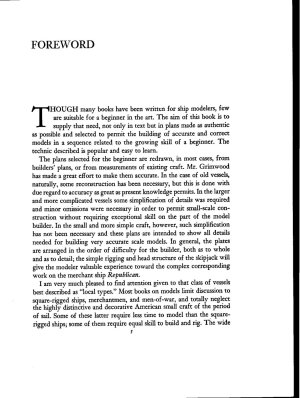
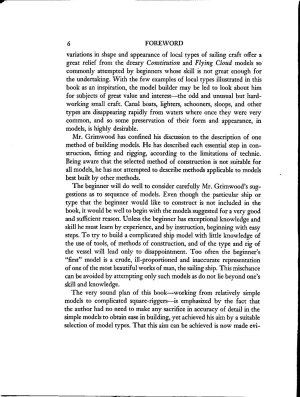
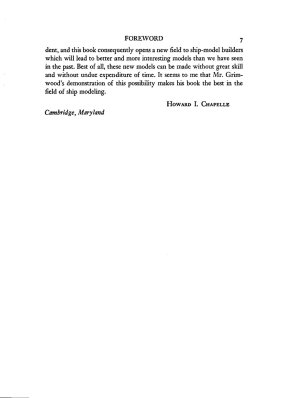
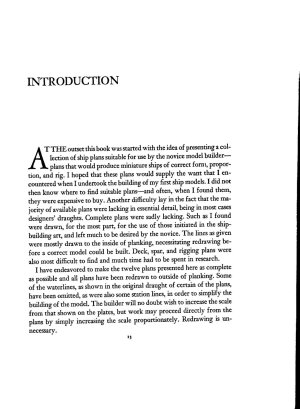
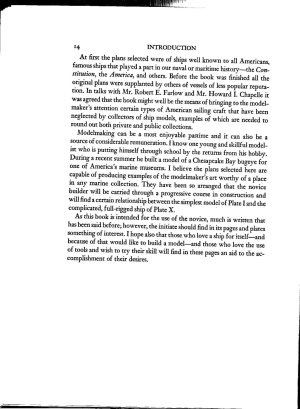
 Hoy – Lines found in Grice papers
Hoy – Lines found in Grice papers